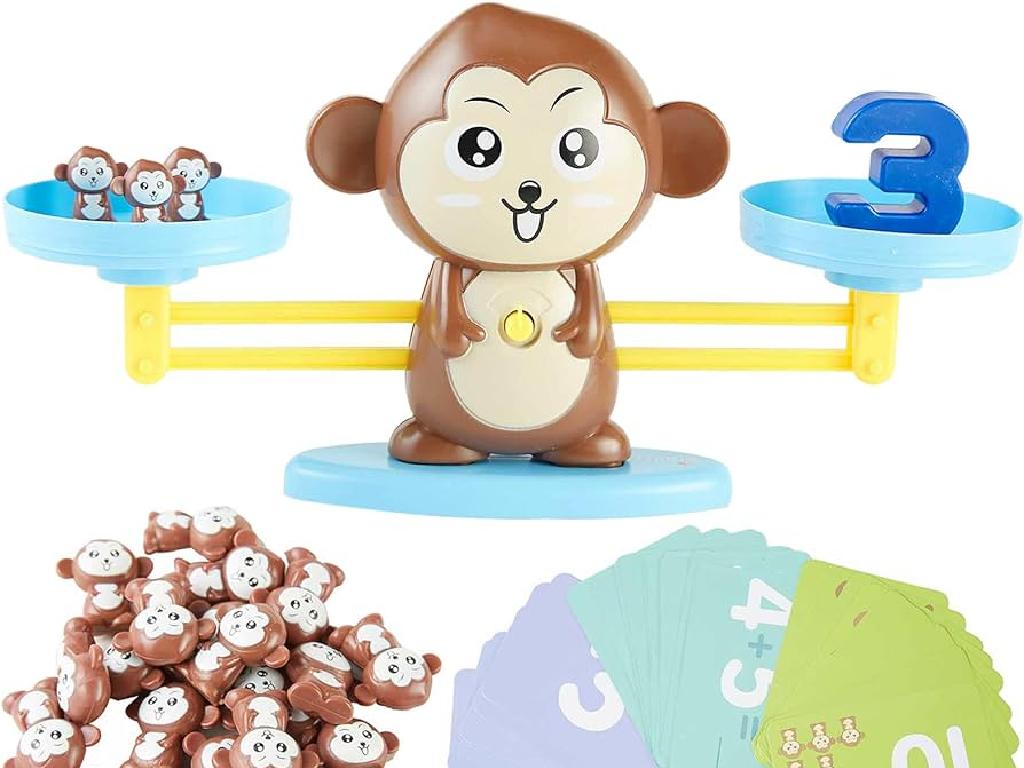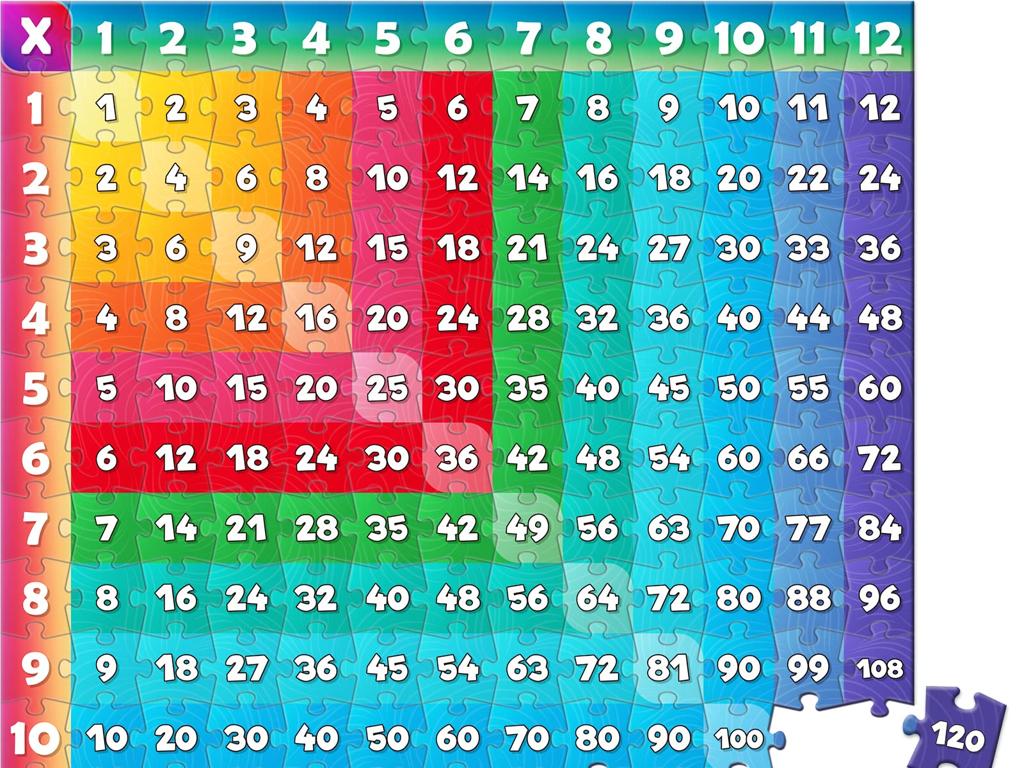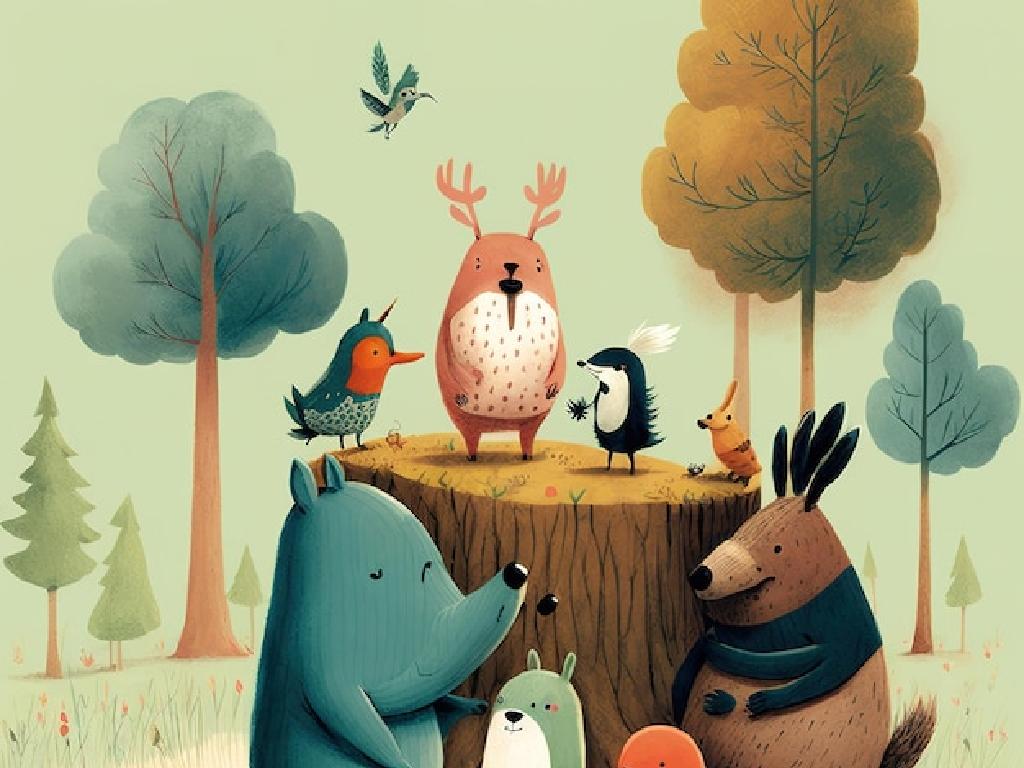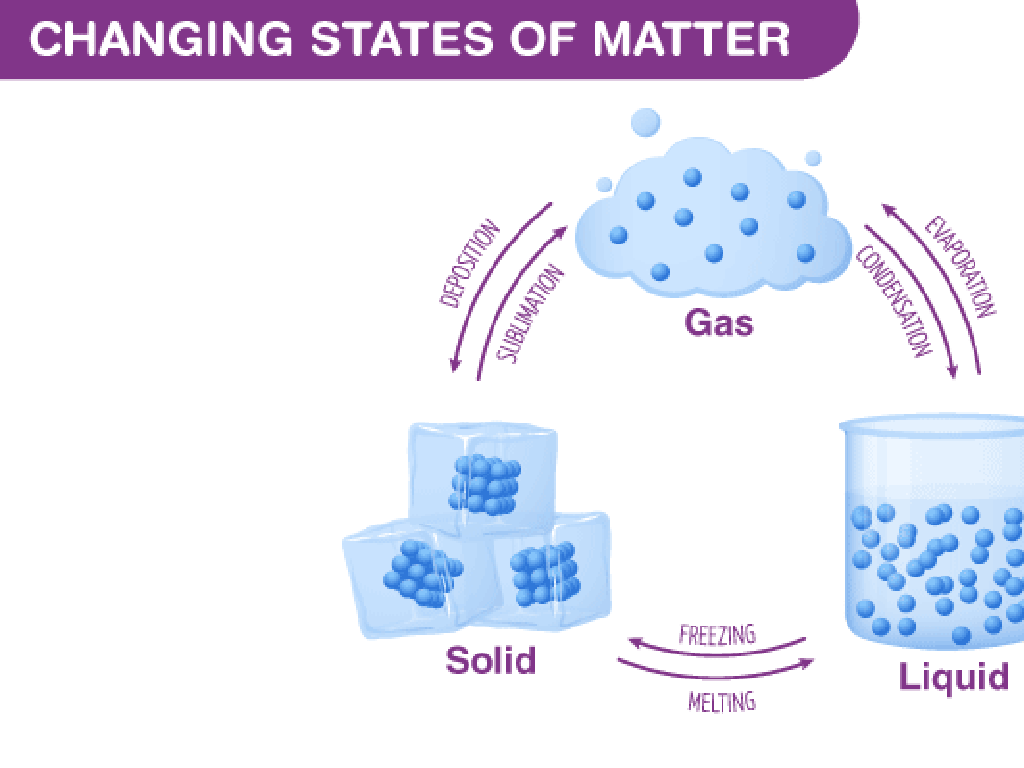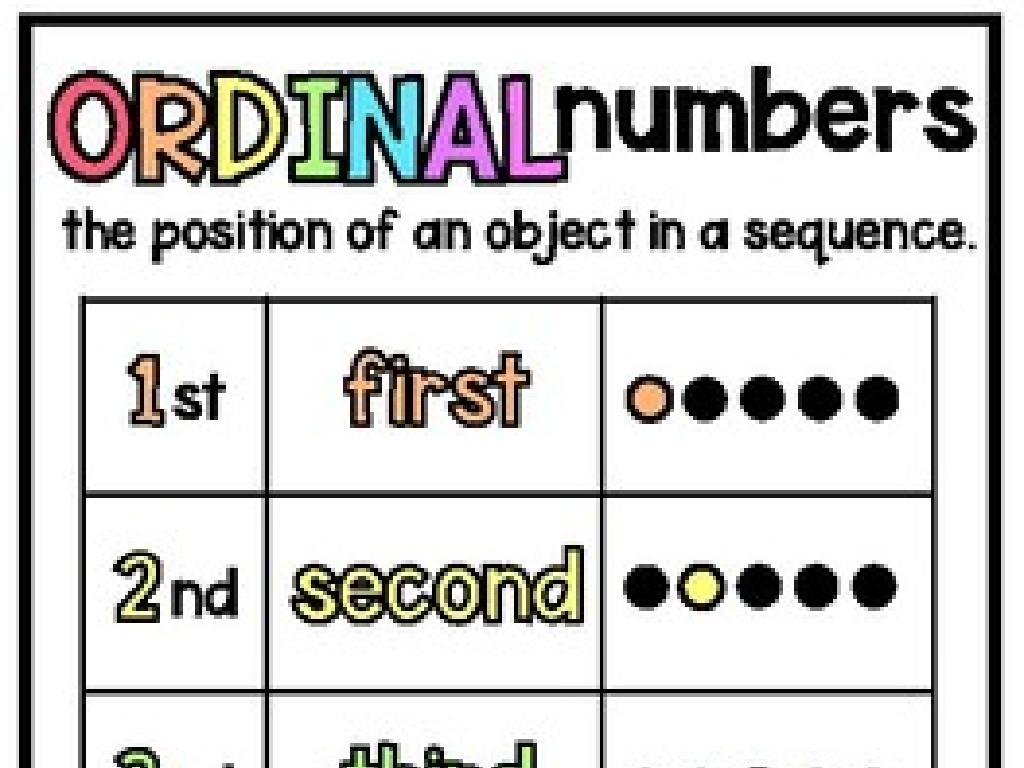Frequently Confused Letters: Find All The Letters
Subject: Language arts
Grade: Kindergarten
Topic: Letter Identification
Please LOG IN to download the presentation. Access is available to registered users only.
View More Content
Welcome to Letter Land!
– Greetings, little learners!
– Let’s play a fun letter game!
– Spot the look-alike letters
– Letters like ‘b’ and ‘d’ can be tricky. They are like letter twins!
– Learn to tell them apart
– We’ll practice how ‘b’ faces the ‘ball’ and ‘d’ faces the ‘dog’.
|
This slide is designed to introduce Kindergarten students to the concept of frequently confused letters in a playful and engaging manner. Start the class with a warm welcome and explain that they will be playing a game that helps them recognize letters that look similar to each other. Emphasize the importance of being able to distinguish between such letters for reading and writing. Use visual aids like pictures of a ball and a dog to help them remember the orientation of ‘b’ and ‘d’. Encourage the children to participate actively and praise their efforts to boost their confidence. Plan a variety of activities where they can practice identifying these letters in different words and contexts.
Meet the Letters: Spot the Difference!
– Learn the alphabet
– Spot tricky letters: b, d, p, q
– ‘b’ has a belly, ‘d’ has a diaper, ‘p’ is a pan, and ‘q’ is a queen with a tail.
– Each letter’s unique shape
– Notice how ‘b’ and ‘d’ face different ways, ‘p’ goes down, and ‘q’ tails off.
– Practice distinguishing letters
|
This slide introduces kindergarteners to the alphabet with a focus on letters that are commonly mixed up. Start by going through the alphabet, then highlight the letters b, d, p, and q. Use fun and memorable phrases to help children differentiate each letter: ‘b’ has a belly in front, ‘d’ has a diaper on the back, ‘p’ is a pan with a handle, and ‘q’ is a queen with a stylish tail. Show how ‘b’ and ‘d’ are mirror images, while ‘p’ and ‘q’ are upside-down versions of each other. Engage the students with activities where they practice writing and identifying these letters in different fonts and contexts to reinforce their unique shapes and orientations.
Spot the Difference: ‘b’ and ‘d’
– ‘b’ and ‘d’ look-alike
– ‘b’ has a belly in front, ‘d’ has a diaper in back
– Learn a fun trick
– Use your hands to make ‘b’ and ‘d’ shapes
– Hand practice for ‘b’ and ‘d’
– Practice shaping ‘b’ and ‘d’ with your fingers
– Get ready to show your skills
|
This slide is aimed at helping Kindergarten students differentiate between the commonly confused letters ‘b’ and ‘d’. Start by showing the letters and highlighting their visual similarities. Introduce a memorable trick, such as imagining ‘b’ with a belly in front and ‘d’ with a diaper in back, to help them remember which is which. Engage the students in a kinesthetic activity where they use their hands to form the letters; for example, raising the right hand thumb up and index finger out for ‘b’, and the left hand thumb up and index finger out for ‘d’. This physical activity reinforces the visual distinction. Encourage the children to practice this trick and prepare to demonstrate their ability to identify and form ‘b’ and ‘d’ correctly.
Letter Hunt Adventure
– Find ‘b’, ‘d’, ‘p’, ‘q’ on the worksheet
– Circle the look-alike letters
– ‘b’ and ‘d’ are like a mirror; ‘p’ and ‘q’ are upside down twins
– Discuss each letter’s uniqueness
– ‘b’ has a big belly in front, ‘d’ has a back door, ‘p’ is a plate with a stick, ‘q’ is a queen with a tail
– Share your findings with the class
|
This slide introduces a fun classroom activity to help Kindergarten students distinguish between commonly confused letters. Provide worksheets with a mix of ‘b’, ‘d’, ‘p’, and ‘q’ and instruct students to find and circle the letters that look similar to each other. Discuss the unique features of each letter to help them remember the differences. For example, ‘b’ has a belly in front, ‘d’ has a back door, ‘p’ is like a plate with a stick, and ‘q’ is a queen with a tail. After the activity, encourage students to share their findings with the class. This will reinforce their understanding and help them remember the distinct shapes of each letter.
Letter Match Game
– Match letters to shapes
– Find the letter that matches the shape shown
– Play a memory card game
– Turn over cards to find letter pairs
– Help friends find pairs
– Work together to match all the letters
– Recognize and remember letters
|
This slide introduces a fun and interactive matching game to help Kindergarten students recognize and differentiate between frequently confused letters. The game involves matching letters to their correct shapes, playing a memory game with letter cards, and helping each other find matching pairs. Teachers should prepare letter cards in advance, ensuring there are pairs for each letter. During the activity, encourage students to say the letter out loud when they find a match to reinforce letter recognition. The game will help students improve their visual memory and letter identification skills in a playful and collaborative way. Possible variations of the game could include matching lowercase to uppercase letters or matching letters to pictures with corresponding initial sounds.
Letter Shapes in Our World
– Discover letters in objects
– Look at shapes around you; can you find a ‘T’ in a tree?
– Find letters in signs and books
– Spot letters on street signs, in your favorite storybooks, or on the classroom walls.
– Recognize letters around us
– Keep your eyes open in the classroom; letters are on the board, in your name, everywhere!
– Letters are everywhere!
|
This slide aims to help students recognize that letters are not just in books but all around them in the world. Encourage them to observe their surroundings and find letters in everyday objects, signs, and even in the classroom. This activity will help them understand the omnipresence of letters and enhance their ability to identify different letter shapes in various contexts. Teachers can facilitate this learning by organizing a scavenger hunt for letters in the classroom or by pointing out letters during a walk outside. It’s a fun way for students to connect with the alphabet in their environment.
Let’s Practice Writing!
– Trace ‘b’, ‘d’, ‘p’, ‘q’ with fingers
– Feel the curves and lines of each letter
– Practice writing letters with crayons
– Choose your favorite color crayons for fun
– Show friends our beautiful letters
– Share your work and see others’ letters
– Celebrate learning new letters
|
This slide is designed to help Kindergarten students differentiate between commonly confused letters through tactile and visual activities. Encourage students to use their fingers to trace the letters ‘b’, ‘d’, ‘p’, and ‘q’ on paper or in the air to understand their shapes. Provide them with crayons to practice writing these letters, which adds a fun element to the learning process. Allow time for students to proudly display their work to their friends, fostering a supportive classroom environment. Celebrate their efforts to reinforce positive learning experiences. As an extension, consider having students find objects that start with these letters or use them in simple words.
Class Activity: Letter Crafting Fun!
– Create letters with clay or playdough
– Use your hands to shape the clay into letters
– Recognize each crafted letter
– Is it an ‘E’ or a ‘F’? Let’s figure it out!
– Share your letters with classmates
– Show your friends the letters you made
– Enjoy learning letters together
|
This activity is designed to help Kindergarten students distinguish between frequently confused letters by crafting them with clay or playdough. It’s a tactile experience that reinforces letter recognition and fine motor skills. Teachers should ensure that each student has enough material to work with and guide them through the process of shaping each letter. Encourage students to say the letter out loud as they craft it to enhance memory retention. After crafting, students will take turns presenting their letters to the class, which will not only help with letter recognition but also with public speaking and confidence. Possible variations of the activity could include using different colors for different letters, creating both uppercase and lowercase versions, or even pairing students to guess each other’s letters.
Letter Land Adventure Recap
– Review of tricky letters
– We learned letters that look similar but sound different.
– Great job in Letter Land
– You worked hard recognizing and differentiating letters.
– Time for a letter cheer
– Let’s celebrate with a cheer for the letters we’ve mastered!
– See you next time!
|
As we conclude today’s lesson, we’ll revisit the frequently confused letters to reinforce the children’s understanding. Acknowledge the effort the students have put into learning and distinguishing between similar-looking letters. End the class on a high note with a fun and engaging letter cheer, encouraging the children to celebrate their progress. This positive reinforcement helps build their confidence in letter identification. Prepare a simple cheer involving the letters learned, and practice it together to make the learning experience memorable. Look forward to the next class where we will continue our journey through Letter Land.

